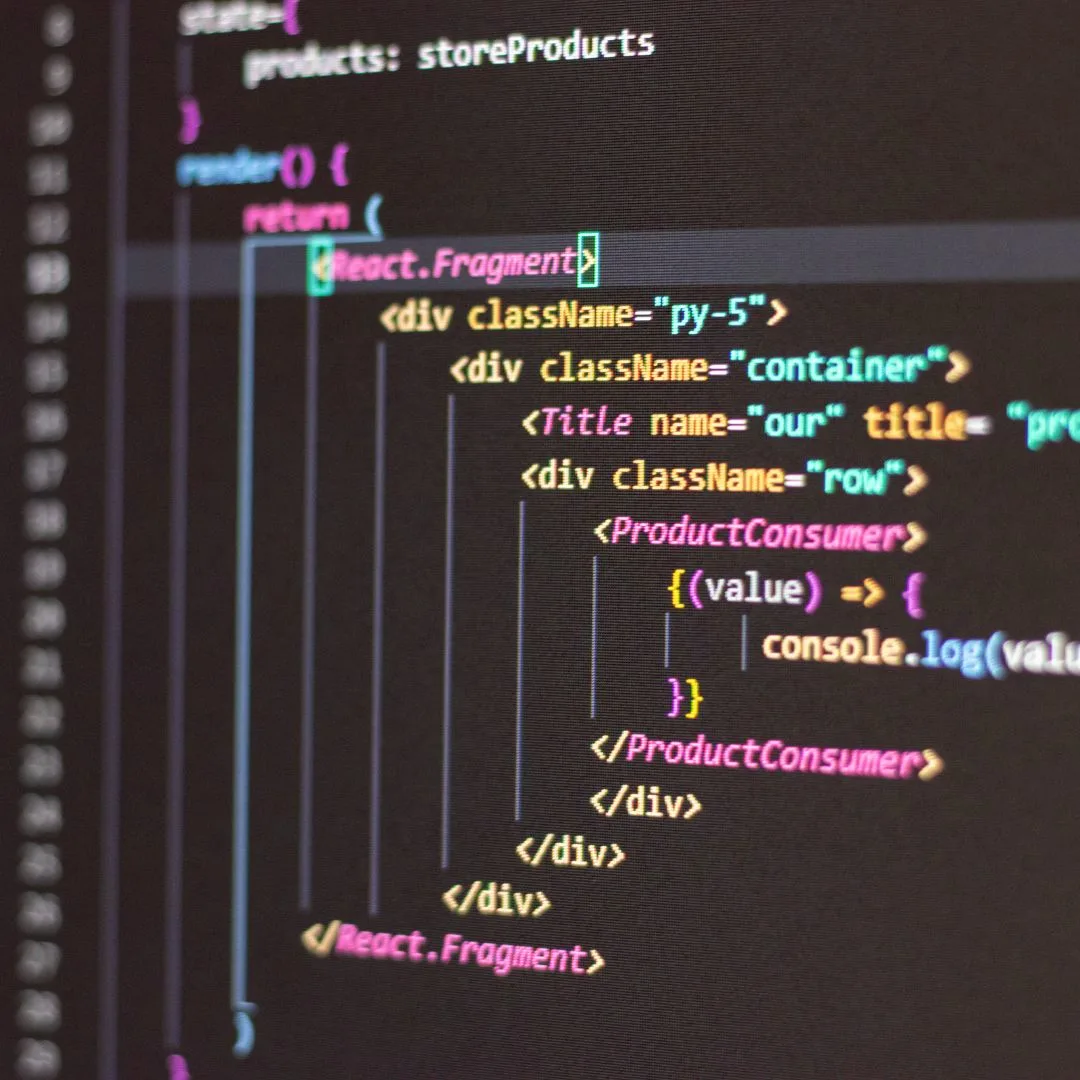Bulgaria has the best maternity leave: it mandates 58 weeks of time off at 90% salary. The international recommended minimum standard for maternity leave is 14 weeks. The US, through the FMLA, provides only 12 weeks of unpaid leave, making the country one of eight in the world that does not guarantee paid maternity leave.
Maternity leave is a topic that should concern employers as much as it concerns employees because it helps attract the best talent.
Minimum maternity leave guidelines vary from country to country. So, employers (especially those hiring from other countries) should understand how maternity leave by country varies to ensure compliance with all applicable laws.
This article is a guide to maternity leave worldwide, showing what other countries offer new parents.
It’ll reveal which countries provide the most extended maternity leaves, which offer paid maternity leaves and which do not, and how the US compares with other countries regarding maternity leave policy.

What Is Maternity Leave?
Maternity leave is the time (measured in weeks) that a mother takes off from work just before and after the birth of her baby. In some cases, maternity leave applies when adopting a child.
During the leave period, the employer is legally obligated to hold the employee’s job.
The leave period before birth gives the expectant mother adequate time to make final preparations and rest. The leave period after giving birth gives the new mother adequate time to recuperate and care for and bond with the new baby.
Maternity leave is defined in local labor/employment laws. So, it differs from jurisdiction to jurisdiction. The number of weeks granted for maternity leave and the pay received during that time varies. Maternity leave may be:
- Fully paid: The employee receives their full-rate salary or wage throughout their maternity leave.
- Paid in part: The employee receives only a part of their salary or wage throughout their maternity leave.
- Unpaid: The employee does not receive any payment throughout the maternity leave.
International Minimum Standards on Maternity Leave
The ILO (International Labour Organization) standards stipulate a minimum maternity leave period of 14 weeks. They recommend increasing it to 18 weeks to afford the birthing parent adequate time to rest and recover.
Since the ILO was founded in 1919, it has established international labor standards, including those providing maternity protection for women.
The ILO Maternity Protection Convention, 2000 (No. 183) represents the international minimum standards on maternity leave. It says that maternity leave is a universal human and labor right and that the leave period should not be less than 14 weeks.
The accompanying ILO Maternity Protection Convention, 2000 (No.191), recommends additional measures, including increasing maternity leave to 18 weeks.
Maternity leave options
Traditionally, maternity leave is available to female workers who give birth to provide them the much-needed time to recover and bond with their newborns. However, employers now offer various maternity benefits, opening up different maternity leave options.
These include:
Extended maternity leave
As its name suggests, extended maternity leave gives employees extra time off work in addition to their standard maternity leave period.
Extended maternity leave allows an employee to spend more time with their newborn. It gives the mother more time to recover and bond with their new baby. They can also use the extra time to transition the new baby to formula.
However, extended maternity leave comes with a few disadvantages, as follows:
- Loss of income: Extended maternity leave is usually unpaid or only a small percentage of an employee’s salary.
- Career interruption: The extended time that an employee spends with their newborn and family translates to more time away from work and important projects that could help them advance their career.

Pre-birth maternity leave
The period of maternity leave that an employee enjoys before their baby is born is pre-birth maternity leave. Based on the federal Family and Medical Leave Act (FMLA), maternity leave can begin before the baby is born.
Pre-birth maternity gives the birthing parent time to make prenatal appointments and rest when delivery is close.
It is especially important for birthing parents who need bedrest due to complications related to their pregnancy.
Parental leave
In many countries, maternity leave applies not only to women who give birth but also to those adopting or fostering children. Some employers also offer leave to the father of the newborn or newly adopted child (paternity leave).
Parental leave is, therefore, an encompassing term that covers traditional maternity leave, paternity leave, and adoption leave. Parental leave also describes family leaves available to either parent to care for small children.
Paternity leave
Paternity leave is the time off work granted to the non-birthing parent (usually the father) for the arrival of a new baby.
The reasons an employee may need a leave of absence from work for the arrival of a new baby despite not being the birthing parent include:
- Caring for the birthing parent and the new child: The birthing parent needs to be cared for and help to care for the child. Paternity leave gives a non-birthing parent the time required to care for their partner and newborn child.
- Bond with the new baby: Different studies have shown that paternity leave helps improve the bond between fathers and their newborns. So, non-birthing parents need paternity leave to bond with their newborns.

Parental leave for same-sex couples
It is illegal to discriminate against an employee because of their sexual orientation in the US. Thus, same-sex couples enjoy the same parental leave as cisgender couples.
Where the couples are both women, the traditional maternity leave is available to the birthing parent, while the parental leave is available to the non-birthing parent.
Where the couples are both men, the FMLA also provides parental leave for a father in the new parenting situation to take time off from work to care for a newly adopted child.
Maternity leave in Latin America
Maternity leave guidelines differ in Latin American (LatAm) countries.
Over half of the LatAm economies have no law guaranteeing the suggested minimum 14 weeks of paid maternity leave. While only a few countries statutorily guarantee some form of paid paternity leave.
Depending on the LatAm country, maternity leave is 4 to 12 weeks. Paid paternity leave is rare. But where it exists (such as in Chile, Cuba, and Uruguay), it is usually five days and does not exceed two weeks.
What Is the Status of Maternity Leave in the US?

The US is the only first-world country without guaranteed paid maternity, paternity, or parental leave at the national level.
Out of the 38 countries in the Organization for Economic Cooperation and Development, the US is the only country without a national paid maternity leave law.
Alarmingly, out of the 195 countries in the world, only eight do not guarantee any paid maternity and paternity leave. While the US is one of the richest countries in the world, the others in that category are considered low or middle-income countries.
Unpaid maternity leave
While the US does not have a national paid parental leave law, it has the FMLA that provides protected leave to certain employees. Under the FMLA, employees can take up to 12 weeks of unpaid, job-protected leave.
The Act provides that the employee should return to their job after the leave period. While the Act ensures an employee will have their job to return to after their maternity leave, it doesn’t state that the employee must receive salary payment while out on leave.
The FMLA job-protection leave does not only apply to birth; it also applies to employees taking a leave of absence from work to:
- care for an adopted or foster child or
- care for an immediate family member (a spouse, child, or parent) with a serious health condition.
However, qualifying for the leave requires that the employee:
- must work at a location where the employer employs 50 or more employees within 75 miles and
- must have worked for at least 12 months and 1,250 hours over the past 12 months.
Paid maternity leave
While US employers are not obligated to pay employees on maternity leave, they know the advantages of offering such employee benefits.
Companies offering fully paid family leave attract the best talent because employees would rather receive their full salary (or some part) while out on parental leave. As a result, some US employers provide paid maternity leave company policies.
Eleven US states and the District of Columbia offer paid maternity leave to their residents. These states with paid leave mandates include California, Delaware, New York, New Jersey, Rhode Island, and Washington.
Also, many federal civilian employees will qualify for paid parental leave through the Federal Employee Paid Leave Act (FEPLA).
Leave protections and benefits
The FMLA states that employees must return to “their same or an equivalent job” after their maternity leave. That ensures that an employee will neither lose their job nor be demoted because of maternity leave.
The Act also states that employees will continue receiving their previous benefits after maternity leave. This ensures the continuation of vital income.
Maternity Leave in Other Countries
Around the world, maternity leave guidelines differ. Some countries do not offer up to 14 weeks, the international minimum standard. But other countries provide more than three times the minimum standard.
Also, some countries do not guarantee paid leave. In contrast, others mandate it, ensuring that employees on maternity leave receive their full salary or some part of it throughout the leave period.

Countries that don’t have paid maternity leave
The US is among eight countries without paid maternity leave for new moms. These eight countries are:
- Micronesia
- Nauru
- Palau
- Papua New Guinea
- Suriname
- The Marshall Islands
- Tonga
- United States
Top 10 countries with the best maternity leave
While the US and its seven “stingy” colleagues offer zero weeks of guaranteed paid leave, other countries take the opposite approach and provide many weeks of paid maternity leave.
The best maternity leave is more than just the longest duration. New parents generally prefer a moderately long maternity leave that’s fully paid over a very long maternity leave that’s unpaid.
The best maternity leave optimizes the number of weeks off and the salary received during that time.
The countries with the longest maternity leave are:
- Bulgaria (58.6 weeks)
- Greece (43 weeks)
- The United Kingdom (39 weeks)
- Slovakia (34 weeks)
- Croatia (30 weeks)
- Chile (30 weeks)
- Czech Republic (28 weeks)
- Ireland (26 weeks)
- Hungary (24 weeks)
- New Zealand (22 weeks)
- Italy (21.7 weeks)
- Poland (20 weeks)
- Estonia (20 weeks)
- Luxembourg (20 weeks)
The countries offering the highest payment (% of salary) during the maternity leave period are:
- Austria (100%)
- Chile (100%)
- Costa Rica (100%)
- Croatia (100%)
- Estonia (100%)
- Germany (100%)
- Israel (100%)
- Lithuania (100%)
- Mexico (100%)
- Netherlands (100%)
- Poland (100%)
- Portugal (100%)
- Slovenia (100%)
- Spain (100%)
- Norway (96%)
- France (96%)
- Bulgaria (90%)
Combining leave duration and percent of salary received during the leave, the top 10 countries with the best maternity leave are:
Note that The UK doesn’t make it into the top 10 countries despite offering one of the longest maternity leaves (39 weeks). This is because of a cap on how much employees on maternity leave can receive.
Also, Austria doesn’t make the top 10 list despite mandating that employees on maternity leave receive 100% of their salary. This is because the leave duration is relatively low (16 weeks).
Maternity Leave Policies per Company
While many countries mandate minimum maternity leave guidelines, companies do not have to peg their policies at the national minimum.
Companies often use generous maternity leave benefits as leverage for making good offers. For example, while the FMLA only provides guaranteed unpaid leave for 12 months, many US companies offer more than 12 months of maternity leave and even pay for the time off.
Savvy recruiters know that one of the ways to create a competitive compensation package is by adding benefits and entitlements to the base salary to entice the worker. One of the most enticing employment benefits (especially for young professionals starting a family) is a relatively long paid maternity leave.

How maternity leave can help with employee retention
Maternity leave fosters employee retention because it is one way to show employees you care, and studies have shown that displaying genuine care for your employees boosts retention rates in the workplace.
Employee retention is something employers should pay attention to because turnover can cost employers 33% of an employee’s annual salary.
Contrary to some beliefs, a salary raise isn’t the best way to improve employee retention. Studies show that 60% of workers will stay longer with an employer if they feel cared for.
The report defines “care” as “the provision of what is necessary for the health, welfare, maintenance, and protection of someone.”
Paid and job-protected maternity leave fits that definition because it is essential to the life, health, safety, and economic fulfillment of the birthing parent and their children.
A woman who has a baby will want some time off from work to recover and bond with the new child. Thus, a woman is more likely to stay with an employer that allows her time off when she has a baby. Companies offering longer maternity leave periods are more likely to attract and retain employees.
Given the added expenses of caring for a new child, employees are more likely to go to and stay with employers who offer paid maternity leave. Companies offering more (a higher percentage of salary) during the leave period are more likely to retain employees.
Going beyond the statutory leave (to offer more time and pay) helps entice and keep employees. Companies can improve employee retention via maternity leave policy in the following ways:
- increase the maternity leave period
- improve the percentage of pay offered to employees on maternity leave
- offer parental leave to non-birthing parents
There are many ways to improve employee retention—getting creative with your compensation package and offering attractive benefits like generous parental leave should be at the top of your list.
Top 10 US companies with the best maternity leave policies
While the US performs poorly at the international level, there’s been a lot of clamor for more paid parental leave for workers across all professions and incomes.
Many US companies now offer paid maternity leave. The US companies with the best maternity policies are:
1. Etsy
The global online marketplace is centered around making commerce “human.” The company has a generous parental leave policy.
Etsy offers all birthing and non-birth parents 26 weeks of fully-paid leave following the birth or adoption of their child.
At least 8 of those weeks must be taken continuously in the first 6 months, while the remaining 18 weeks can be taken flexibly over two years.
2. eBay
eBay is another company that has recently beefed up its parental leave policy. It now offers:
- 24 weeks of fully paid maternity leave to birth mothers
- 12 weeks of fully paid parental leave to all other new parents
3. Twitter
The huge social media company has a gender-neutral parental leave policy. Twitter offers all new parents 20 weeks of fully paid parental leave, regardless of gender or birthing means.

4. Amazon
The largest online retailer has a large heart, as it has one of the country’s best parental leave policies.
- up to 20 weeks of fully paid leave for birthing parents, including four weeks before the baby is born
- up to 6 weeks of fully paid leave to supporting and adoptive parents
5. Fidelity Investments
Fidelity Investments advertises itself as a financial services company that puts people and relationships first. The company walks the talk by offering its employees one of the country’s best parental leave policies.
- 16 weeks of maternity leave for birthing parents, with full pay
- 12 weeks of fully paid parental leave
6. Wells Fargo
Wells Fargo may be better known for helping customers build businesses and manage money. However, the company also helps employees build stronger families because it offers a great parental leave.
To care for a new child following birth or adoption, Wells Fargo offers employees:
- up to 16 weeks of paid leave for the primary caregiver
- up to 4 weeks of paid leave for the parent who isn’t the primary caregiver
7. Hilton
As one of the most respected hotel brands in the country, Hilton is in the business of serving people. Unsurprisingly, it extends its passion to its employees.
Hilton has expanded its parental leave and now offers:
- 12 weeks of fully paid leave to birth parents
- 4 weeks of fully paid leave to non-birthing and adoptive parents
8. Synchrony Financial
Synchrony Financial, which is one of the premier consumer financial services companies in the US, also boasts one of the country’s premier parental leave policies.
Synchrony Financial offers 12 weeks of paid parental leave to all new parents in the event of childbirth, adoption, or placement of a foster child in the home. However, only up to 8 weeks of parental leave will be with full pay.
9. Endgame360
To attract the best talent to help the company create high-quality content for its readers, EndGame360 offers 12 weeks paid parental and family medical leave.
Whether the employee is the birth parent or not, EndGame360 gives 12 weeks off to take care of the new addition to the family.
10. Alight Solutions
Alight Solutions helps companies create solutions that elevate the employee experience and well-being. Unsurprisingly, the company’s employee benefits include an impressive maternity leave.
Alight Solutions offers 8 weeks of fully paid parental leave, including adoptive and foster care placement.
Final Thoughts
Maternity leave guidelines differ from country to country. The US is one of the worst-performing countries in this regard, as it mandates only 12 weeks of unpaid leave.
Most job candidates would prefer European and LatAm standards, where a longer leave period and some salary payments are guaranteed at the national level.
However, many remote workers still find US employment offers attractive because the salary is often much higher than their local standards. So, they still often prefer to work as contractors and take unpaid parental time off if needed.
If you’re a US company looking to hire the best LatAm talent, Near can help you. We help US businesses find and hire English-speaking, highly skilled remote workers from LatAm.
Fill out this form to get a list of pre-vetted LatAm talent and start interviewing for free.













.png)






%20(1).png)
%20(1).png)